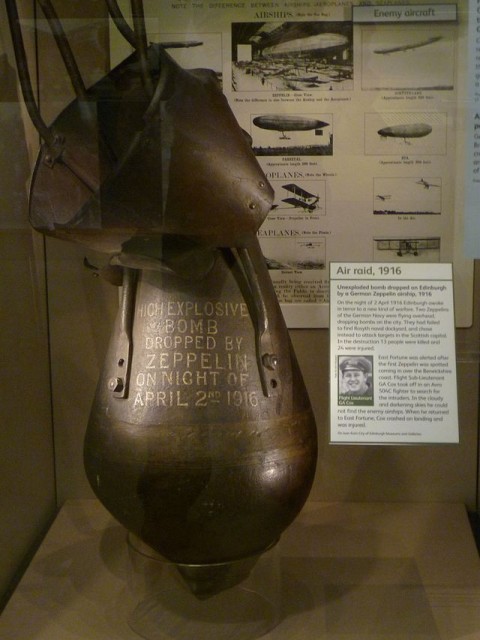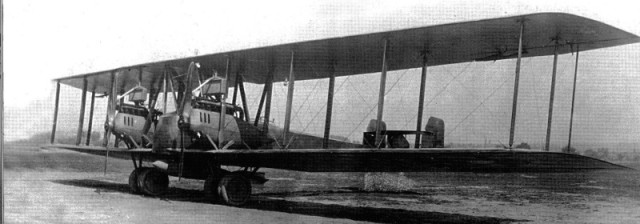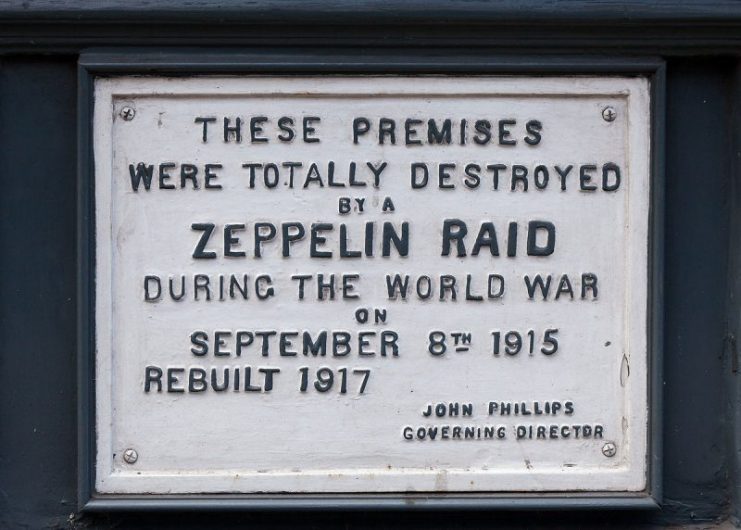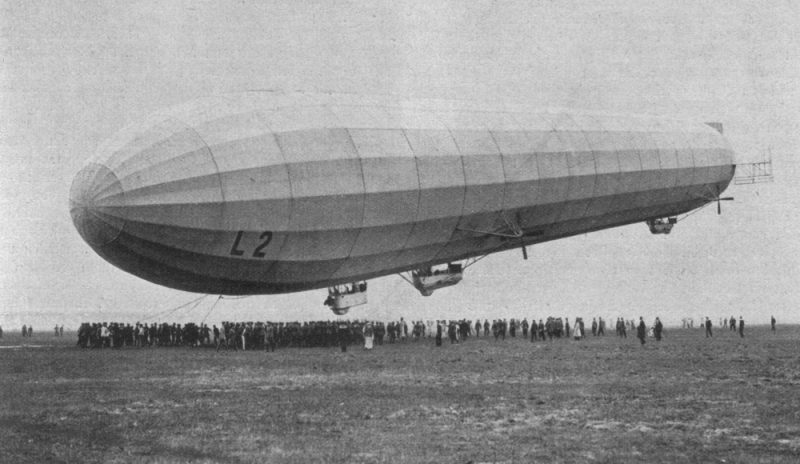I suppose this being the centenary of the First World War, a lot of attention is being paid to it, and thusly I am soaking it in. The more I learn about World War I the more I am utterly amazed at the first war in the industrial age. I was surprised to discover that the Germans did a fairly good job of strategic bombing beginning in 1915.
Yes, Zeppelins were used to drop bombs on London and targets in other fronts. Beginning in 1915, German airships operated by the German Navy and Army were enlisted and equipped to carry bigger payloads, fly at higher altitudes and put ordinance in the center of London. This, they accomplished.
The weather over London and the iffy flying conditions made accuracy a novelty in this enterprise of dropping bombs on targets by eyeball from thousands of feet in the air in a balloon that is essentially drifting over the target.
The drama of bomb exploding in London, followed by fatal misses that nonetheless struck random targets on the outskirts rattled British citizens. Suddenly the war wasn’t in a distant land across a sea on another continent. No, now the war was on the front porch. Soon the terrified Londoners were calling the Zeppelins ‘baby killers’. Of course those who suffer the most in a war are the citizens. The end of the strategic bombing would not come until the end of the war years later. British citizens would have to bear up under the unsettling sudden and haphazard death.
“Airships made about 51 bombing raids on England during the war. These killed 557 and injured another 1,358 people. More than 5,000 bombs were dropped on towns across Britain, causing £1.5 million in damage. 84 airships took part, of which 30 were lost, either shot down or lost in accidents. Aeroplanes carried out 27 raids, dropping 246,774 lb (111,935 kg) of bombs for the loss of 62 aircraft, resulting in 835 deaths, 1972 injured and £1,418,272 of material damage.”
-Wikipedia
The bombings spurred the creation of the RAF which was formed first to protect the island nation from interlopers. Royal Air Force Factory BE 2s shot down a few of the lumbering floating gun platforms and some Zeppelin gunners scored on pursuing British fighters. Batteries of ground-based artillery took down Zeppelins around London and along the coasts.
For the most part, Zeppelins flew higher than the early fighter aircraft could climb. When fighters shot down Zeppelins it was an extreme shot and a lucky hit or a Zeppelin that lost altitude and fell into fighter territory. Zeppelins are differentiated from Blimps by a structure inside them that give stem their shape. That said, they were seemingly impervious to gunfire in the early part of the war.
It wasn’t until British fighter designers built planes that could climb an extra 8,000 feet that the RAF started scoring kills. That came late but they certainly turned the tide back against the airships gliding in from Europe.

The British government began enforcing a total blackout during the evening so as to deny the German pilots clear targets. Zeppelin pilots and crew often fell victim to the North Atlantic’s notorious storms and impenetrable cloud cover.
Zeppelins were dangerous machines that could catch fire leaving the crew with only the option to decide which way they want to die: fire or fall.

The German Gotha Bomber was the first successful intercontinental startegic bomber. 205 were built and despite its place in history, it was not a great aircraft.
On May 25th 1917, the strategic bombing grew even more terrifying. Twenty-three Gotha heavy bombers crossed the North Atlantic in the middle of the day and bombed London. It caused about 200 wounded casualties and it killed 95 people, including Canadian and British soldiers. Pursuing Sopwith Pups shot one down.
A follow-up daylight raid on June 5th caused 162 deaths and over 400 injured. There were sic more daylight raids in massed formations to come. Germans created a special “English Squadron” out of the 140 mile an hour 3 man Gotha Bomber.
Only 205 of these beasts were built and applied in what was essentially a terror role in World War I. The actual damage the bombings cause was negligible.
The terror was palpable.

By Daniel Catfish Russ
